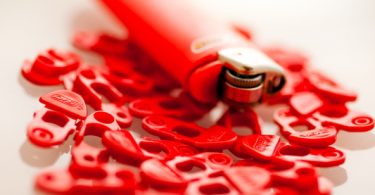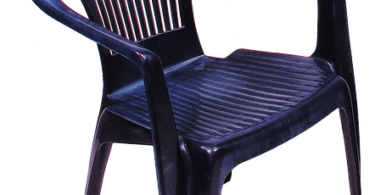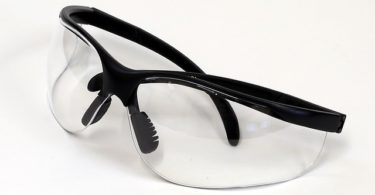Feel is often an overlooked aspect of material selection, but it offers significant advantages.
materials
Material Selection Based on Cost
some thoughts on selecting plastic materials for the lowest possible manufacturing cost
Feathers and Rocks
What weighs more, a pound of feathers, or a pound of rocks?
ABS
ABS is a primary engineering material, suitable for a wide variety of structural applications. It offers a balance of properties, with good strength, good stiffness, good toughness, all at a reasonably low cost.
acetal
stiff and strong, yet ductile and easy to machine. acetal is a unique engineering material that is often overlooked by most design engineers.
acrylic
acrylic is a term used to describe a family of plastics technically known as polyacrylates. one of the most important is polymethyl methacrylate (PMMA), better known by the tradename Plexiglas®.
nylon
the grandfather of all engineering plastics, nylon is the generic designation for a family of polymers known as polyamides. semi-crystalline in structure, polyamides offer an unparalleled combination of strength, stiffness, and...
polyethylene
polyethylene has good mechanical properties, great chemical resistance, is low in cost, and is easy to process. BTW, it is also the world’s most widely used thermoplastic material (I wonder why?)
polypropylene
polypropylene (PP) offers reasonably good mechanical properties, and provides exceptional chemical resistance at a relatively low cost.
polycarbonate
polycarbonate is the the king of all things clear. incredibly tough and durable, polycarbonate is a “go to” engineering material, suitable for a wide variety of applications.











Want to hear more from plastics guy?
Sign up for a monthly update of our latest posts.
You have Successfully Subscribed!